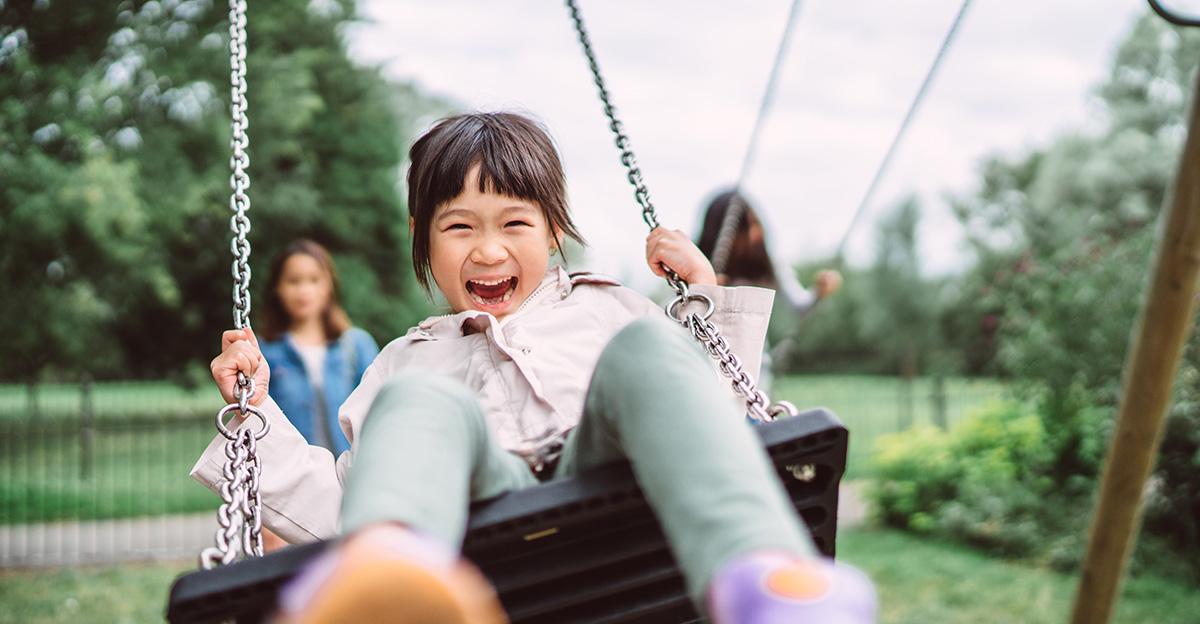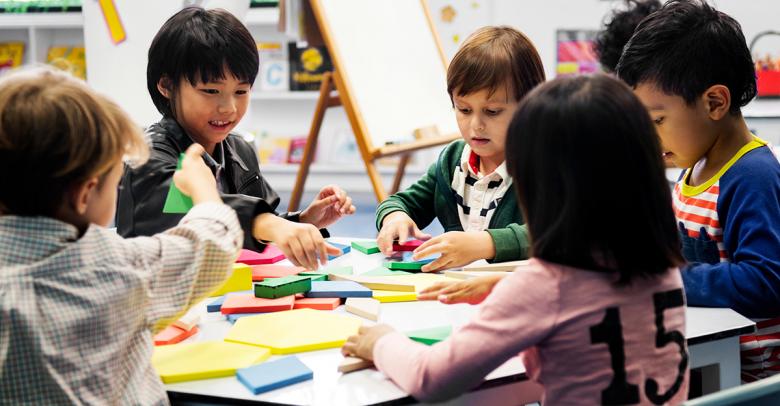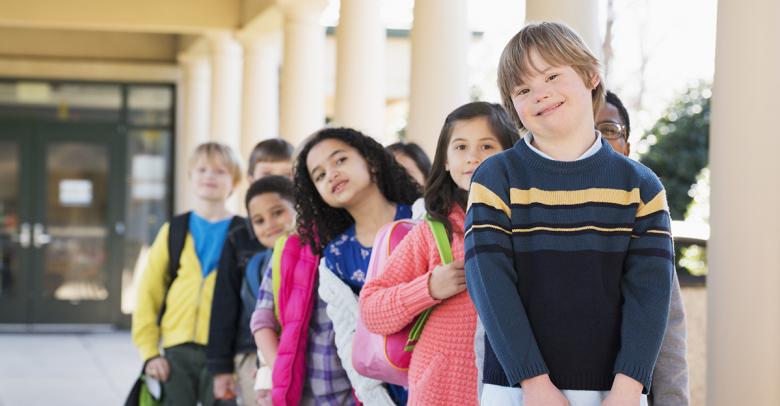Benefits of Swinging
Do you have a fond memory associated with swinging? Maybe pumping a swing at a local park or resting quietly on a hammock under a shaded tree? The vestibular or movement input from swinging has many benefits for both the mind and body. Let’s look at some of the benefits of swinging.
Balance, Coordination and Motor Planning
A traditional strap swing or tire swing requires quite a bit of coordination and motor planning to learn how to maneuver and pump. Using a swing takes a significant amount of balance as well. Most children around ages 2 to 4 can learn to pump, though some may learn later. Platform swings and bolster swings may require additional motor planning skills as these challenge balance, including righting and equilibrium reactions.
Body Awareness
Deep inside our muscles and joints are proprioceptive receptors that give awareness of where the body is in space. Elastane/stretchy fabric swings can encourage spatial and proprioceptive awareness as pressure is applied to the body through movement and heavy work. This input helps with organization and self-regulation needed for focus, attention, and on-task behavior.
Calmness
Does a hammock invoke thoughts of calm and peace while reading a book, dozing or just a few minutes of quiet time? Hammocks have come a long way from just a front porch or backyard accessory. The gentle back-and-forth movement is termed linear vestibular input and helps provide a calming input to the brain and body. Many special education classrooms and/or sensory spaces are now utilizing portable hammocks to provide a sensory calming break.
Focus and Attention
Some students need extra movement or vestibular input to get the wiggles out. A quiet swing break or more active purposeful play built into swing time (such as throwing or catching a ball or bean bag while swinging) may be helpful for students that need extra movement to learn and to stay on task.
Sensory Processing
The benefits of swinging also include stimulating various parts of the brain. It can help support spatial awareness, rhythm, balance, and muscle control. Even a few minutes on a swing may help a student self-regulate when used routinely as part of a good sensory schedule.
Mood Booster
Swinging is a mood booster as it releases endorphins which help promote feelings of well-being. As part of outdoor activity, there is added boost from nature, and a group activity that can provide added benefits. Interactive conversation, turn-taking, and using a buddy to help with swinging are a few examples of social and emotional learning skills that can occur spontaneously with swing activities.
Whether indoors or out, swinging can provide multiple benefits for all students not just those with special needs. Visit our website for our curated collection of swings and supporting equipment.
Cecilia Cruse
Cecilia Cruse, MS, OTR/L has a BS degree in Occupational Therapy from the University of Florida, and her Master’s degree in Education from Georgia State University. She is SIPT certified and has over 25 years’ experience in pediatrics with school-based services, acute care, and outpatient pediatric settings.
Read more posts by Cecilia Cruse–>







I am looking for swing for my son. I don’t know how can I get swing by using this grant.
Hi Shamaila! We sell a variety of swings and other vestibular input tools on our School Specialty website:
https://www.schoolspecialty.com/special-needs/sensory-processing/vestibular